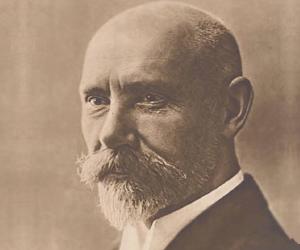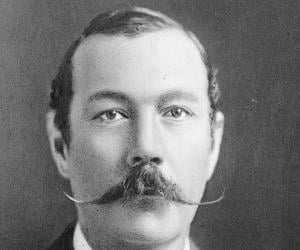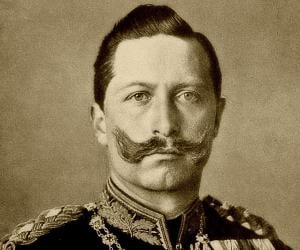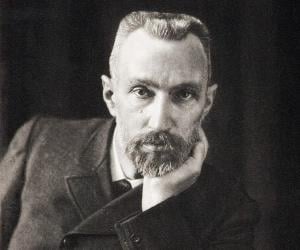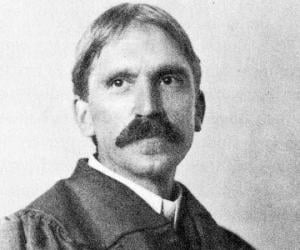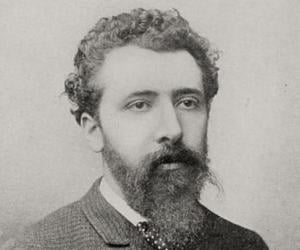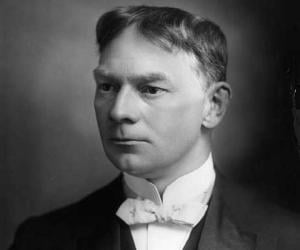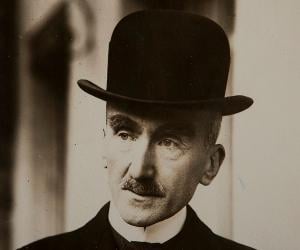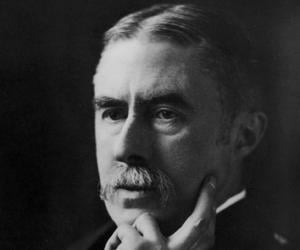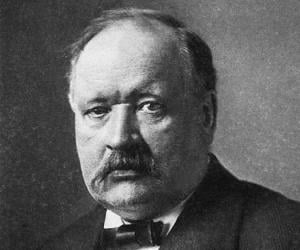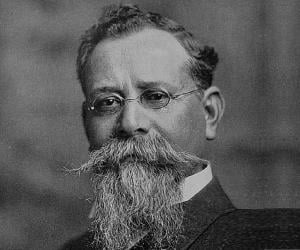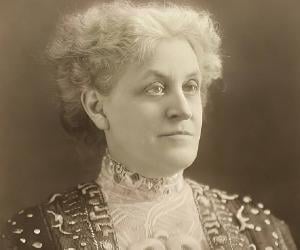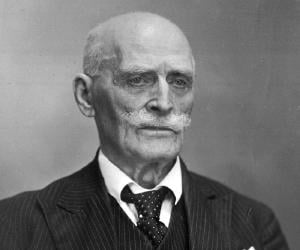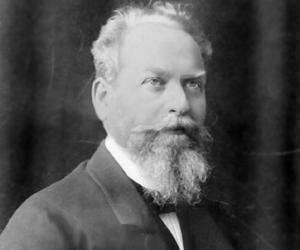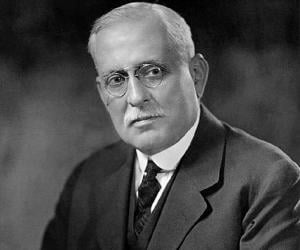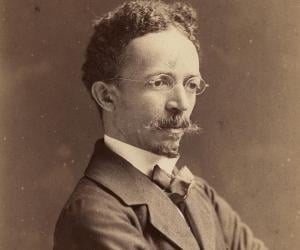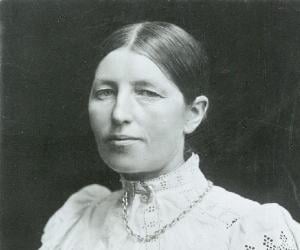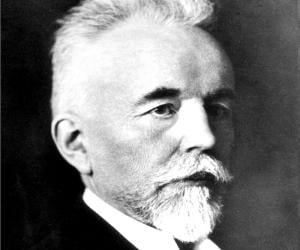Wilhelm II reigned as the King of Prussia and German emperor from 1888 to 1918. He is credited with promoting scientific innovation and building a blue-water navy, which strengthened Germany’s position as a great power. However, he was also responsible for getting his country involved in World War I, which eventually brought an end to the Hohenzollern dynasty’s rule.
A pioneer in crystallography, radioactivity, piezoelectricity, and magnetism, Pierre Curie was a French physicist who won the Nobel Prize in Physics along with Henri Becquerel and Marie Curie. Despite being an atheist, Pierre Curie was fascinated by spiritualism as he believed that spiritual questions deal with physics.
A staunch advocate of progressive education and liberalism, the American philosopher and psychologist was the founder of the University of Chicago Laboratory Schools. John Dewey’s famous writings included The Reflex Arc Concept in Psychology and Human Nature and Conduct. According to him, passion for knowledge and intellectual curiosity were central to a teacher. He called himself a democratic socialist.
A significant figure of the Post-Impressionist era, Georges Seurat depicted structured art, far removed from the free-flowing Impressionist art. Best known for techniques such as pointillism, he created masterpieces such as Bathers at Asnières. He died before his last exhibition ended, and eerily displayed an unfinished painting, Cirque.
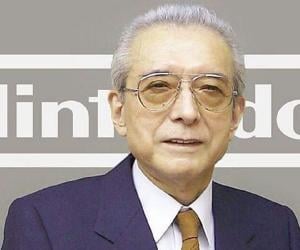
Fusajiro Yamauchi was a Japanese entrepreneur best remembered for founding Nintendo. He also served as the first president of the company. Yamauchi started the company as a hanafuda card-making unit. Nintendo Koppai cards were the only exception in a time when the Japanese government had banned other playing cards due to their association with gambling.
French philosopher, Henri Bergson, is remembered for his contribution to the tradition of continental philosophy. His works were considered extremely influential, especially during the first half of the 20th century. He received the Nobel Prize in Literature (1927) and Grand-Croix de la Legion d'honneur (1930). He was a simple man who led a humble life despite his great achievements.
Svante Arrhenius was a Swedish scientist who became the first Swedish person to win a Nobel Prize when he won the Nobel Prize for Chemistry in 1903. Although he was originally a physicist, Arrhenius is widely accepted as a chemist and is best remembered for co-founding physical chemistry. Stockholm University houses the Arrhenius Labs, which is named in his honor.
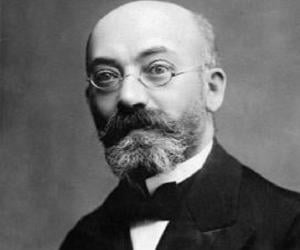
L. L. Zamenhof was an ophthalmologist best remembered for creating the most widely spoken international auxiliary language, Esperanto. He came up with the constructed language after being consumed by the idea of a warless world. L. L. Zamenhof received several honors for creating Esperanto, including the Légion d'honneur. He also received 12 nominations for the prestigious Nobel Peace Prize.
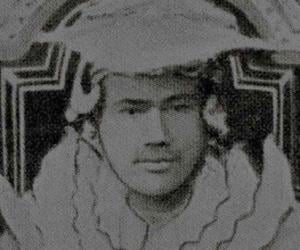
Venustiano Carranza was one of the most important leaders of the Mexican Revolution, which transformed the Mexican government and culture. A powerful and influential person, Carranza served as the head of state for two years before serving as the 44th president of Mexico from 1916 to 1920.
American women's suffrage-leader Carrie Chapman Catt served as president of National American Woman Suffrage Association (NAWSA), and founded the International Woman Suffrage Alliance (later International Alliance of Women) and League of Women Voters. She is best-known for leading the NAWSA, organising the Winning Plan and playing a pivotal role in passing of the Nineteenth Amendment to the United States Constitution.
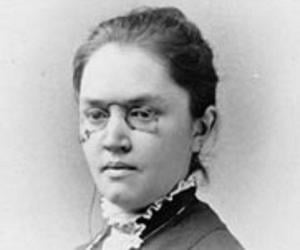
Nobel Prize-winning Norwegian author Knut Hamsun, a leading figure of neo-romanticism, is best remembered for his novel Hunger, which narrated the tale of a starving writer. With little education, he had started his career as a shoemaker’s apprentice. He supported the Nazi occupation of Norway and was later imprisoned.
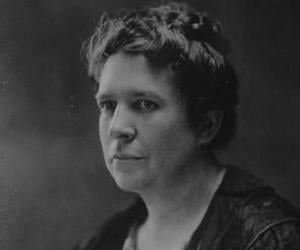
Florence Kelley was an American political and social reformer who pioneered the term wage abolitionism. Kelley's work for the minimum wage, children's rights, and eight-hour workdays are widely acclaimed today. After serving as the National Consumers League’s first general secretary, Florence Kelley helped found the National Association for the Advancement of Colored People (NAACP) in 1909.
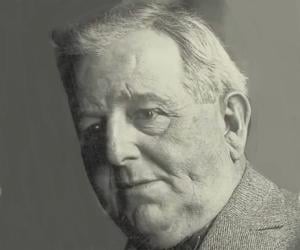
An American League co-founder Charles Comiskey, better known by his nickname Commy, was one of the early members of the St. Louis Brown Stockings. Though part of the Baseball Hall of Fame, the Chicago White Sox owner was dragged into a controversy when his team was involved in the Black Sox Scandal.
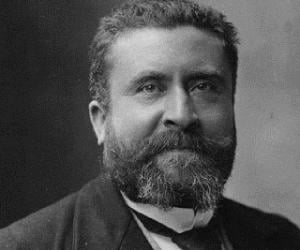
Edmund Husserl was a German philosopher of Moravian origin. He established the school of phenomenology. He studied mathematics, physics, and astronomy at the University of Leipzig and worked as an assistant to mathematician Karl Weierstrass. He later became a professor of philosophy and taught for several years. He is considered a major figure in 20th-century philosophy.
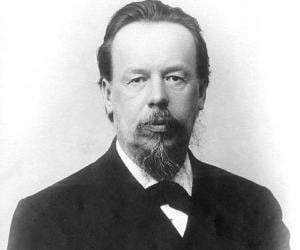
Alexander Stepanovich Popov was a Russian physicist best remembered for his pioneering work in transmitting radio signals. One of the first inventors to come up with a radio receiving device, Popov's work was contemporaneous with the groundbreaking work of Italian inventor Guglielmo Marconi. Popov's life and career inspired the 1949 biographical film Alexander Popov which was directed by Herbert Rappaport.
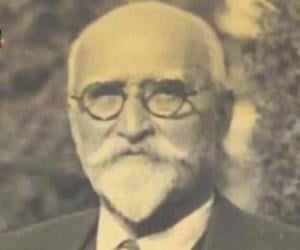
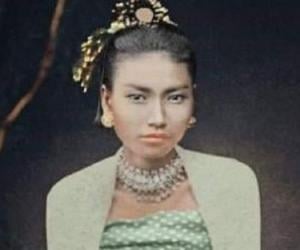
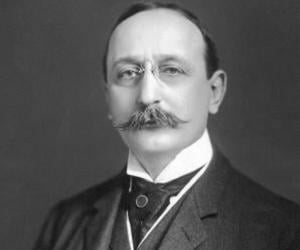
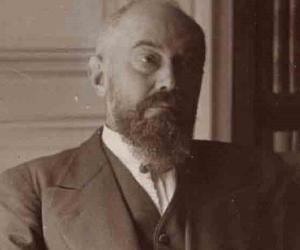
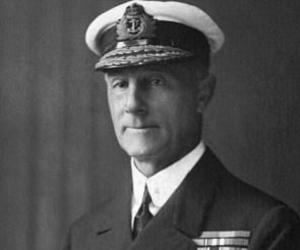
Henry Ossawa Tanner was an American artist best remembered as the first African-American painter to achieve international fame. Widely regarded as the best African American painter of all time, Henry's work was influential during his lifetime. The works of other painters like William Edouard Scott and Norman Rockwell were influenced by Henry Ossawa Tanner's technique.
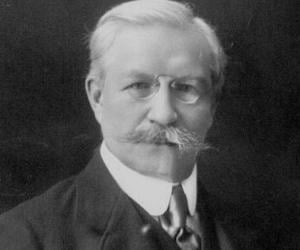
Russian liberal politician and historian Pavel Nikolayevich Milyukov co-founded the Constitutional Democratic Party in the Russian Empire and led the party in the Russian State Duma from 1906 to 1917. He served as Minister of Foreign Affairs in the Russian Provisional Government for a brief period and later as Member of the Russian Constituent Assembly until it was dissolved. .
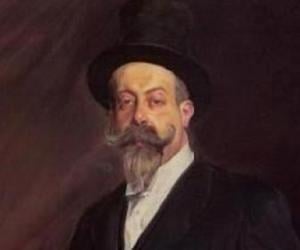
Anna Ancher was a Danish artist whose paintings depicted the everyday lives of fishermen, children, and women. Widely regarded as one of the greatest visual artists of Denmark, Anna Ancher was honored with several awards, such as the Ingenio et Arti medal and Tagea Brandt Rejselegat. She was also depicted on the DKK1000 banknote.
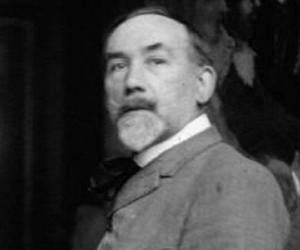
French-Swiss artist Théophile Steinlen is best remembered for his Art Nouveau paintings. He was also known for his signature, and mostly symbolic, use of cats in most of his works. He got acquainted with several artists at the Le Chat Noir club, leading to commissions for artwork.
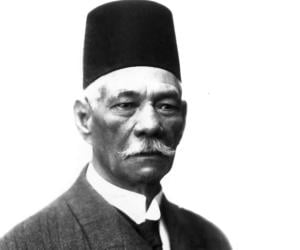
Egyptian statesman Saad Zaghloul, who once led the Wafd Party and the 1918-19 nationalist movement, had also served as the prime minister of Egypt for less than a year. Initially an advocate, he had also worked as a journalist. He had headed the Egyptian ministries of justice and education, too.
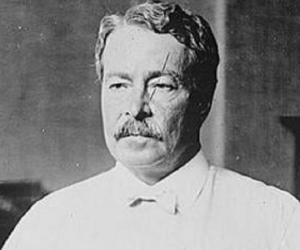
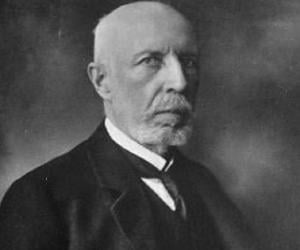
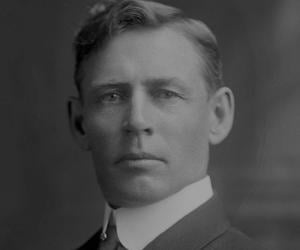
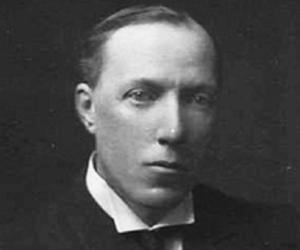
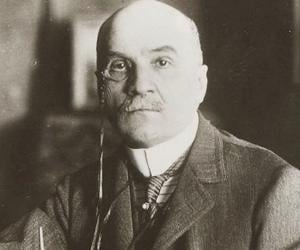
Maurice-Georges Paléologue was a French diplomat and historian. He was also an essayist of great caliber. He played a pivotal role in the French entry into the First World War. At that time, he was the French ambassador to Russia and was in support of the Russian mobilization against Germany. He was also a published author of novels and essays.
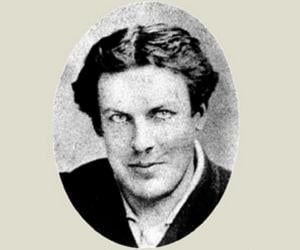
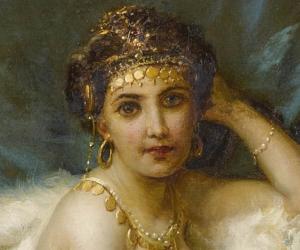
Austrian academic and fantasy-painter Hans Zatzka is noted for his paintings of fairies, women, and fantastical scenes, besides his religious paintings and altar pieces that are dedicated to different churches in Austria. He often signed his works using different pseudonyms like Joseph Bernard so as to avoid penalties of breaking contracts which restricted the number of works he could sell.
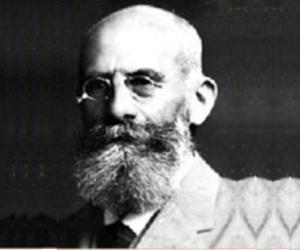
One of the pioneers of Gestalt psychology, Austrian philosopher Christian von Ehrenfels also made a significant contribution to the value theory. Apart from his pathbreaking work System of Value Theory, he had also penned plays and pamphlets. He also believed Asians were a threat to the European race.
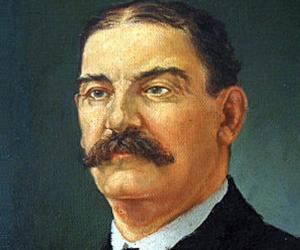
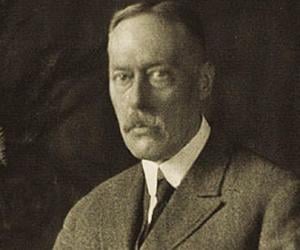

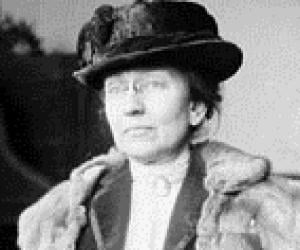
Ellen Gates Starr is best remembered for co-establishing the Hull House social settlement in Chicago along with activist Jane Addams. Initially an art student, she later dedicated her life for the betterment of immigrant factory workers and reformation for child labor laws. She later retired to a Roman Catholic convent.

Born in Poland, science philosopher Émile Meyerson studied at the University of Heidelberg and later settled in Paris. Initially a news editor, he later penned various significant scientific articles, such as On Explanation in the Sciences. He also wrote extensively on quantum theory and relativity theory.
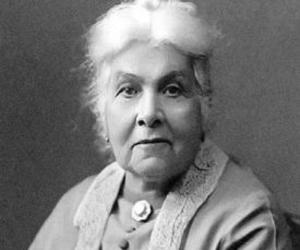
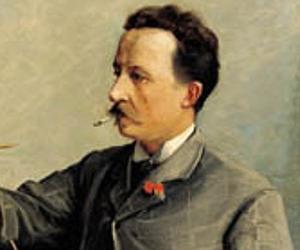
Peder Mørk Mønsted was a Danish realist painter best remembered for his portrayal of landscapes in a realistic style. Some of his favorite motifs were forests, still water, and snowy winter landscapes. A habitual traveler, Peder Mørk Mønsted presented his paintings at several international exhibitions. Today, many of his works are being treasured by private collectors around the world.
